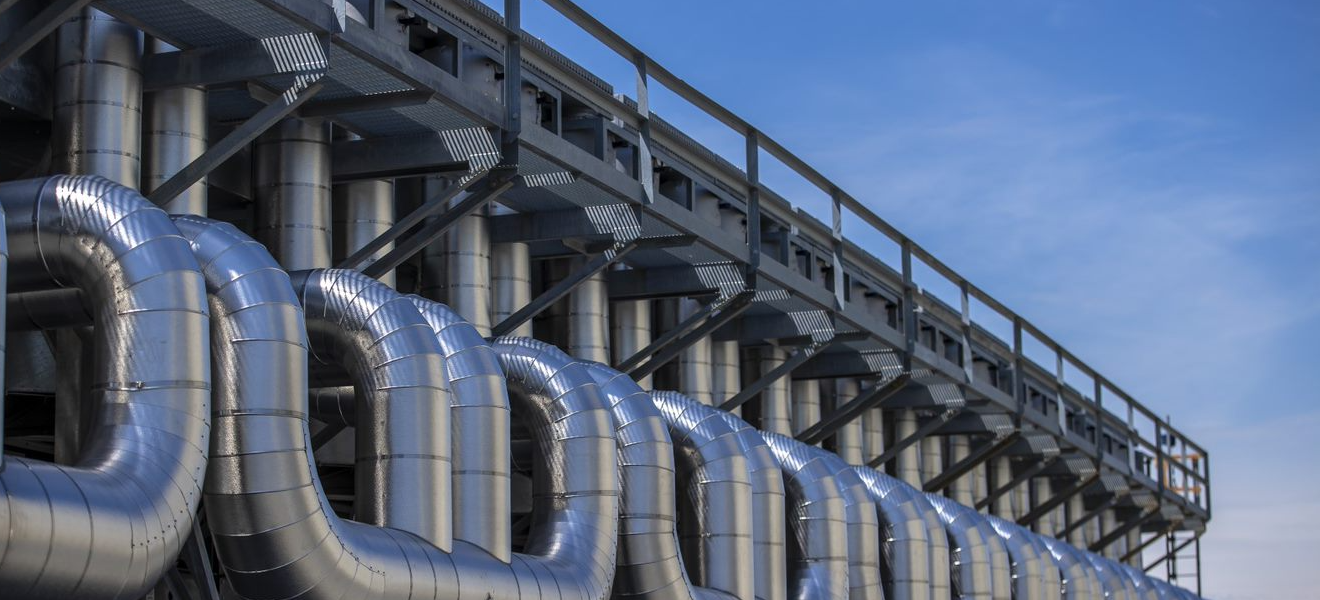A new study says that natural gas plays a pivotal role in today’s global economy and will continue to be critical to the future of energy.
Natural gas can meet growing demand for clean, affordable energy while replacing coal and oil and their associated higher emissions, according to the study by IHS Market.
Natural gas also acts as a pre-build to greater decarbonizations because natural gas infrastructure can be converted to carry low-carbon gas such as ammonia, hydrogen or synthetic methane in the future. Natural gas infrastructure already is used to transport renewable natural gas (RNG).
The inherent versatility of gas infrastructure—particularly its ability to be converted to carry low-carbon fuels in the future—creates an opportunity for gas to be a “second pillar of decarbonization” over the long-term, said Michael Stoppard, chief strategist, global gas, IHS Markit.
“Switching to natural gas can support vital early action by replacing coal and oil and their associated higher emissions while also acting as a pre-build of energy carriers for a low-carbon future,” he said.
The study found that investments in long-life midstream and downstream gas assets do not lock-in future emissions because in an early stage, pipelines can blend in green gases like RNG to lower the carbon footprint, while in the longer term they can be repurposed for shipping of 100% hydrogen.
Replacing older and less efficient power plants with best-in-class natural gas generation reduces emissions by 50% per unit of electricity, according to the study.
A new study says that natural gas plays a pivotal role in today’s global economy and will continue to be critical to the future of energy.
Natural gas can meet growing demand for clean, affordable energy while replacing coal and oil and their associated higher emissions, according to the study by IHS Market.
Natural gas also acts as a pre-build to greater decarbonizations because natural gas infrastructure can be converted to carry low-carbon gas such as ammonia, hydrogen or synthetic methane in the future. Natural gas infrastructure already is used to transport renewable natural gas (RNG).
The inherent versatility of gas infrastructure—particularly its ability to be converted to carry low-carbon fuels in the future—creates an opportunity for gas to be a “second pillar of decarbonization” over the long-term, said Michael Stoppard, chief strategist, global gas, IHS Markit.
“Switching to natural gas can support vital early action by replacing coal and oil and their associated higher emissions while also acting as a pre-build of energy carriers for a low-carbon future,” he said.
The study found that investments in long-life midstream and downstream gas assets do not lock-in future emissions because in an early stage, pipelines can blend in green gases like RNG to lower the carbon footprint, while in the longer term they can be repurposed for shipping of 100% hydrogen.
Replacing older and less efficient power plants with best-in-class natural gas generation reduces emissions by 50% per unit of electricity, according to the study.
